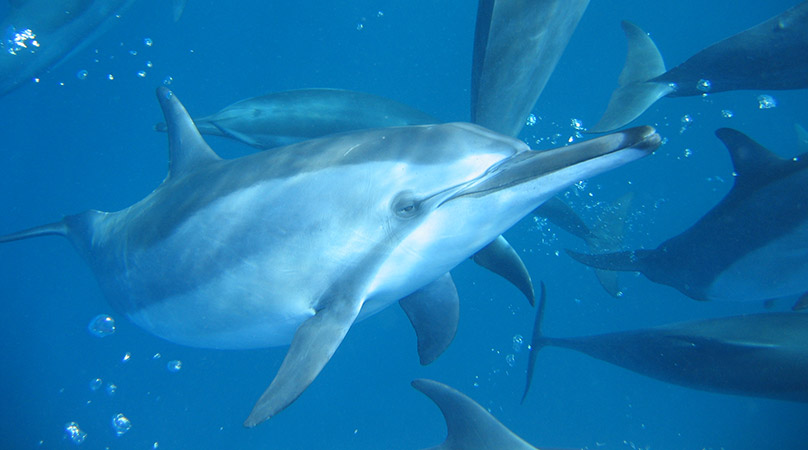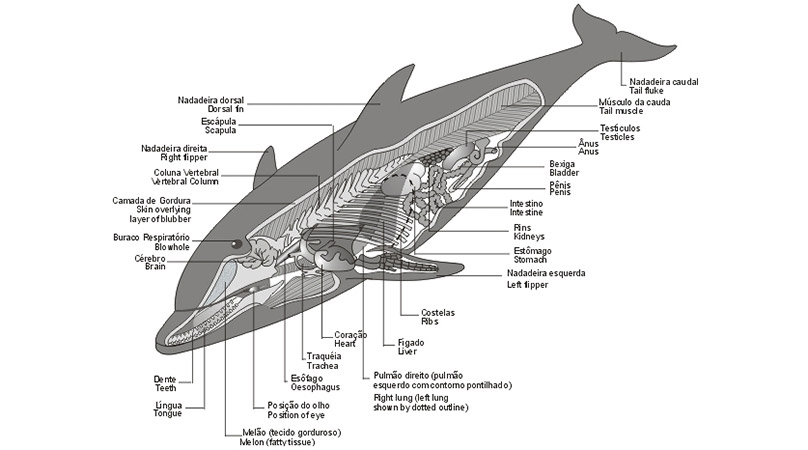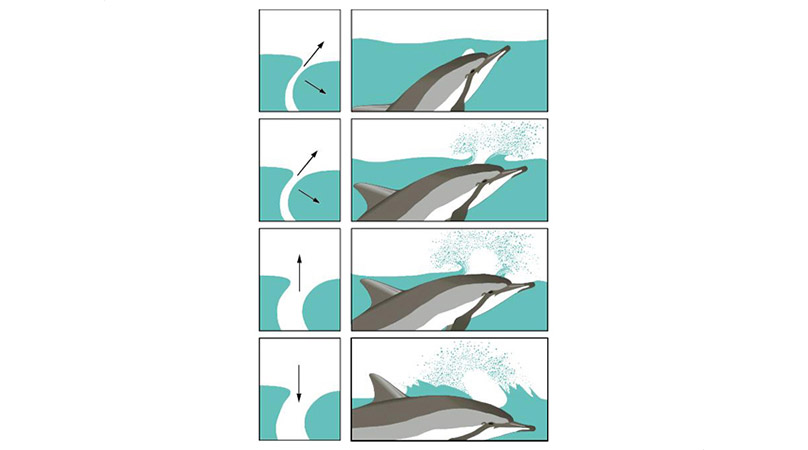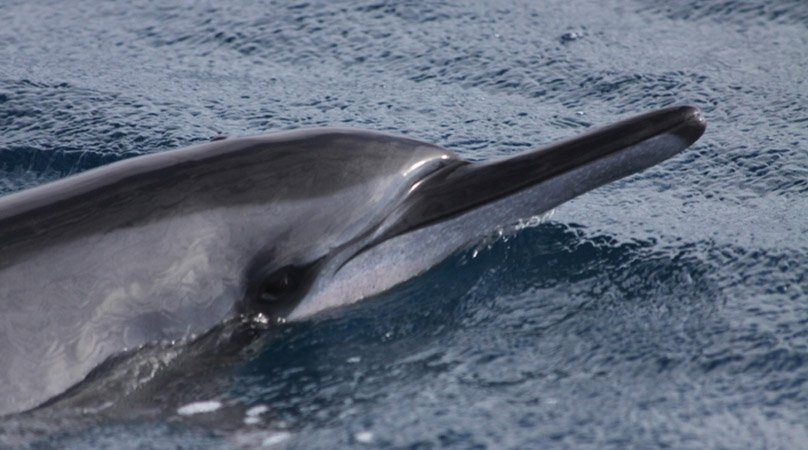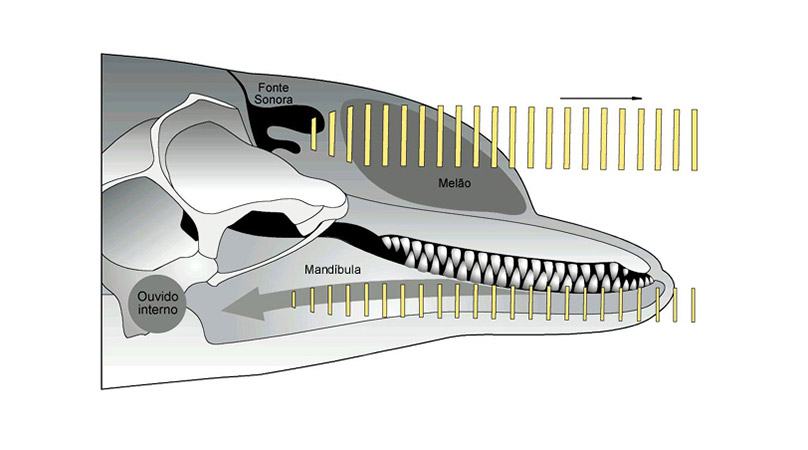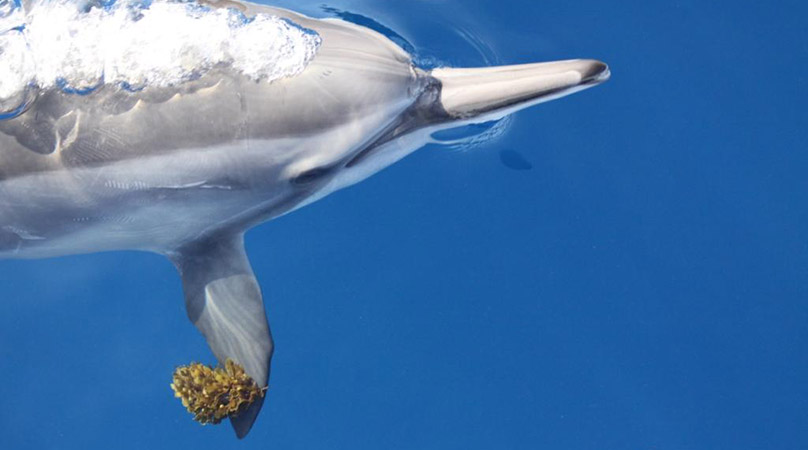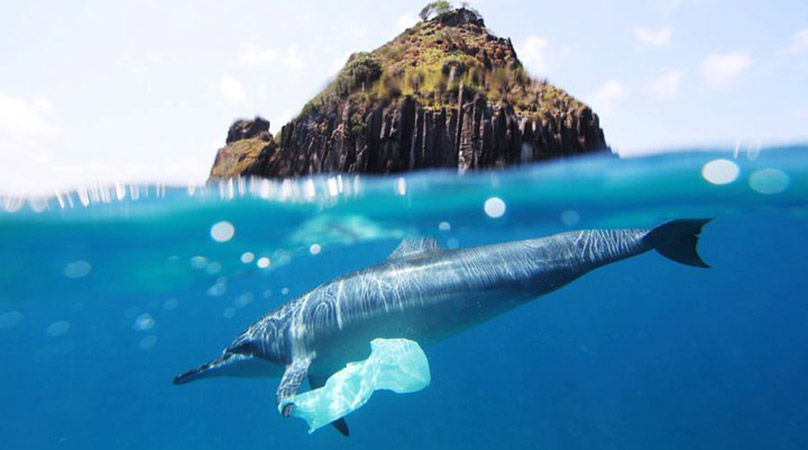Dolphins belong to the Mammalia Class, Theria Subclass, Eutheria Infraclass (placental), Cetartiodactyla Suborder, which includes the Arctiodactyla as: cattle, deer, camels, hippos and Cetaceans. The term Cetancodonta has been used to group the evolutionary lineage of cetaceans and hippos. The term “cetacean” comes from the Greek, “ketos” meaning whale or sea monster.
Cetaceans have a single origin, a process known as monophyly. Studies indicate that modern cetaceans evolved from terrestrial animals, which colonized estuarine areas about 55 million years ago. The transition to aquatic life seems to have occurred in the region that today corresponds to the Mediterranean Sea and the Asian subcontinent.
The Cetacea Order includes three Suborders. Archeoceti is made up of extinct species. The Mysticeti Suborder groups the true whales, which, instead of teeth, have baleen plates in their mouth. And the Odontoceti Suborder, which comprises cetaceans with teeth, like dolphins.
The Mysticeti Suborder comprises four families: Balaenopteridae (whales, such as the humpback whale and the minke whale), Balaenidae (whale-whale and bowhead whale), Eschrictiidae (gray whale) and Neobalaenidae (pygmy whale).
The Odontoceti Suborder is divided into 10 families: Ziphiidae (beaked whales), Physeteridae (sperm whale), Kogiidae (Dwarf sperm whales), Platanistidae (Asian river dolphins), Pontoporiidae (La Plata dolphin), Lipotidae (baiji), Iniidae (pink rive dolphin), Phocoenidae (porpoises) and Monodontidae (narwhal and beluga). We consider as dolphins the members of the Delphinidae, Iniidae and Pontoporiidae families.
Dolphins are found in all marine environments in the world, except for the poles. There are species of dolphins that live in rivers, on the coast entering estuaries, in open seas and in some cases they have a wide distribution.
In Brazil, the most easily found dolphins are the pink river-dolphins, la plata, tucuxi, estuarine dolphins, bottlenose dolphins and spinner dolphins.





